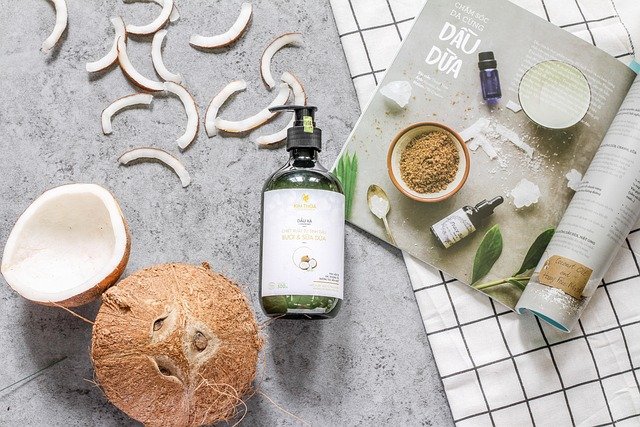The Rise of Clean Beauty: More Than Just a Trend
Clean beauty has emerged as a significant movement in the cosmetics industry, transforming the way consumers approach their skincare and makeup routines. This shift towards products formulated without potentially harmful ingredients has gained momentum over the past decade, with consumers becoming increasingly conscious of what they put on their skin. The clean beauty movement goes beyond simply avoiding certain chemicals; it encompasses a holistic approach to beauty that considers environmental impact, ethical sourcing, and overall wellness. As more brands embrace this philosophy, the landscape of the beauty industry is changing, with transparency and sustainability becoming key factors in product development and marketing strategies. The rise of clean beauty reflects a broader societal trend towards health-conscious living and eco-friendly consumption, challenging traditional beauty standards and practices.

Defining Clean Beauty
Unlike organic or natural beauty, which have specific regulatory definitions, clean beauty remains a somewhat fluid concept. Generally, it refers to products formulated without ingredients that have been linked to harmful health effects. This includes avoiding parabens, sulfates, phthalates, and synthetic fragrances. However, clean beauty also extends to considerations of sustainability, ethical sourcing, and transparency in ingredient lists. Some brands and retailers have developed their own clean beauty standards, leading to a range of interpretations within the industry.
The Science Behind Clean Beauty Claims
While the clean beauty movement has gained significant popularity, it has also faced criticism from some scientists and dermatologists. Critics argue that not all synthetic ingredients are harmful and that natural ingredients can also cause irritation or allergic reactions. The lack of standardized regulations for clean beauty claims has led to debates about the scientific validity of some product marketing. However, proponents of clean beauty argue that the precautionary principle should apply, especially given the limited long-term studies on the cumulative effects of certain chemicals used in cosmetics.
Impact on the Beauty Industry
The rise of clean beauty has had a profound impact on the cosmetics industry. Established brands have reformulated products to meet consumer demand for cleaner ingredients, while a new wave of indie brands has emerged with clean beauty at their core. Retailers have created dedicated clean beauty sections and developed their own standards for products they stock. This shift has also influenced product packaging, with a move towards more sustainable materials and minimalist designs. The clean beauty movement has forced the industry to become more transparent about ingredient sourcing and manufacturing processes.
Consumer Behavior and Education
As clean beauty has gained prominence, consumers have become more educated about ingredients and their potential effects. This has led to a shift in purchasing behavior, with many consumers willing to pay premium prices for products they perceive as safer and more aligned with their values. Social media and online communities have played a significant role in spreading information about clean beauty, sometimes leading to misinformation and fear-mongering about certain ingredients. As a result, there’s a growing need for accurate, science-based education about cosmetic ingredients and their safety.
Global Variations in Clean Beauty
The clean beauty movement has manifested differently across various global markets. In Europe, stricter regulations on cosmetic ingredients have led to a different landscape compared to the United States. Asian beauty markets, known for their innovation, have incorporated clean beauty principles into their own cultural beauty traditions. Emerging markets in Africa and South America are also seeing a rise in clean beauty brands that emphasize local, natural ingredients. These regional differences highlight the cultural and regulatory factors that influence the adoption and interpretation of clean beauty principles.
Future Trends in Clean Beauty
As the clean beauty movement continues to evolve, several trends are emerging. There’s a growing focus on biotech ingredients that offer the benefits of natural ingredients with improved sustainability and consistency. Waterless formulations are gaining popularity as a way to reduce the environmental impact of beauty products. Personalization is also becoming more prevalent, with brands offering customized clean beauty solutions based on individual skin types and concerns. As consumers become more knowledgeable, there’s likely to be an increased demand for evidence-based claims and greater transparency in ingredient sourcing and manufacturing processes.




